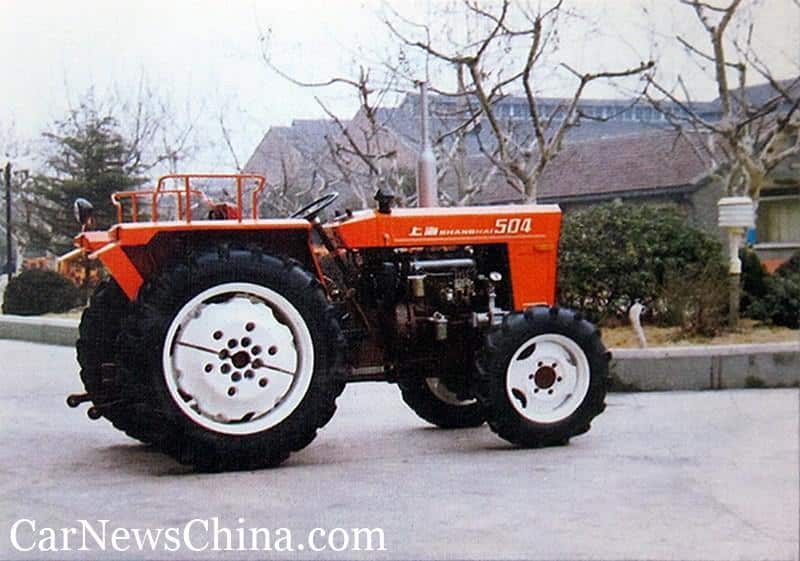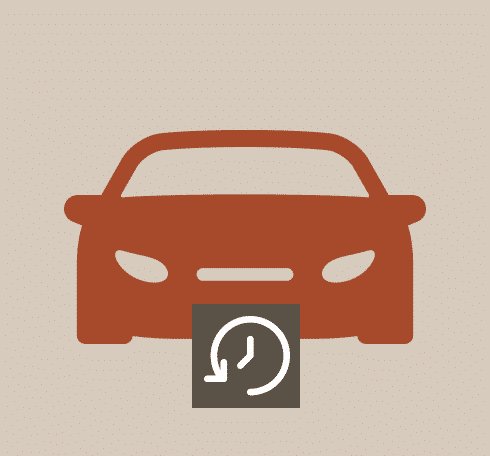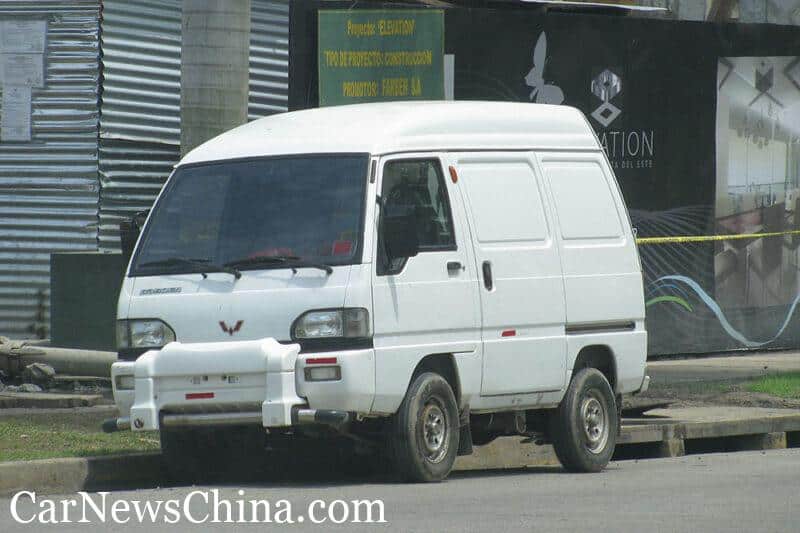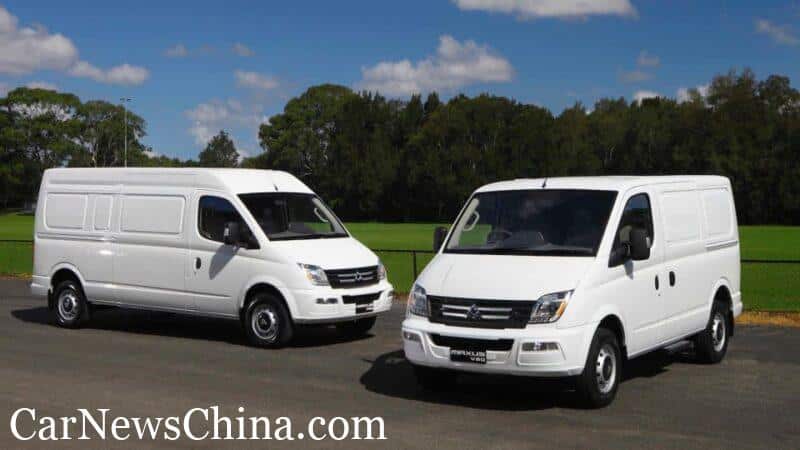The Big Read – SAIC (2/6) – The bigger, the better
Last week we explored the early history of SAIC, when it made one of China’s iconic cars for a long time. Now we will look at the explosive growth of the company starting in the 1990s. This growth is driven by cooperation with international partners. Eventually SAIC returns to making its own cars again by acquiring the remnants of the once mighty British car industry.
The end of the Shanghai brand and the arrival of international partners
First, let’s return to the corporate history of the Shanghai Automobile company. We had stayed at the point where the umbrella organisation was called Shanghai Agricultural Machinery Manufacturing Company. In 1969 it changes to Shanghai Tractor & Automobile Industry Company . As the name makes clear, this concerns the bundling of companies that make vehicles and parts for tractors and cars.
However, the Shanghai vehicle industry is not limited to these two sectors. Besides cars and tractors, trucks (Shanghai Heavy Truck Manufacturing Company), buses (Shanghai Bus Manufacturing Company) and motorcycles (Shanghai Motorcycle Manufacturing Company) are also made in the city. These groups, in addition to Shanghai Tractor & Automobile, are under the direct control of the Shanghai Industrial Machinery Bureau government commission.
In December 1978, the authorities create little more distance between government and the businesses. Shanghai Tractor & Automobile is formally incorporated as a commercial enterprise with its own board (reflected in the modified name Shanghai Tractor & Automobile Industry Co. Ltd.) and at the same time gains control over all those other companies. This effectively creates the predecessor of the SAIC conglomerate.

Also in 1978 , the Chinese government identified the automotive industry as an essential sector for expanding the national industrial capacity. They also note that the Chinese car manufacturers cannot compete technically with the international brands and therefore design the joint venture policy. International car manufacturers should be tempted to start producing in China in collaboration with Chinese companies. This cooperation should then lead to the technical development of the Chinese companies, which will enable them to further develop their own brands. Shanghai Auto is appointed as the first to realise such a joint venture for passenger cars.
Shanghai Automobile approaches a number of international manufacturers for this purpose: GM, Ford, Citroen, Renault, Nissan and Volkswagen. In the following years, bilateral delegations come and go. The Chinese travel all over the world, many foreigners come to take a look in Shanghai. In January 1982 the decision is made: Shanghai Automobile and Volkswagen sign a letter of intent. A year later, SAMF assembles the first Volkswagen Santana, based on a Complete Knocked-Down (CKD) kits purchased in Germany . The Germans are satisfied and the final contracts are signed at the end of 1984, after which the joint venture is officially established in March 1985. A new factory is built in the Anting district of Shanghai and production of Volkswagen Santana’s starts at the end of 1985.
Production of the Santana begins by assembling CKD kits. At the beginning, less than 3% of the parts are of Chinese origin, really just the tires, radio and antenna. However, Shanghai Automobile understands very well that local component supply is of great importance and they are of course a conglomerate consisting of parts factories. The entire supply chain is therefore being used to limit German imports further and further. In 1993, 80% of the parts were made in China and this will continue to increase. With the strategy to make all parts locally, Shanghai Automobile is laying the foundation to become the largest manufacturer in China.
In this part of the story I limit myself to the general history of SAIC. While the growth of the company now directly relates to the success of the SAIC-VW joint venture, I let the Volkswagen story rest for while. A more detailed description of the joint venture will follow in part five of this series.
Increasing the speed of development and production by establishing joint ventures is not limited to just the car industry. A number of SAIC’s main operating companies form a cooperation with an international partner. Shanghai Motorcycle enters into an agreement with Chia Tai Group from Thailand in 1995 and not much later Shanghai Tractor joins forces with Fiat Agricultural (which is now called New Holland). Joint ventures with Iveco for trucks and Volvo for buses will follow later on. We will meet some of these businesses in part four of the series.
Additionally SAIC consolidates its parts industry into a group that’s now known as Huayu Automotive Systems. The group brings together a large number of businesses that supply all kinds of components to its main operations, but also to rival car manufacturers. Huayu becomes a sprawling empire, that also engages with many well-known international suppliers in co-operations and local joint ventures. Today, the supplier group has almost five hundred production or R&D locations, of which about a hundred are located outside of China.
In 1990, Shanghai Tractor & Automobile is renamed to Shanghai Automotive Industry Corporation (SAIC), but the real reorganisation begins five years later. Then Shanghai Automotive Industry (Group) Corporation (SAIC Group) is established as a new umbrella organisation under the direct control of the Shanghai government. The SAIC subsidiary is floated on the Shanghai Stock Exchange, although only about 10% of the shares are freely tradable in the beginning. A final name change follows in 2007, when Shanghai Automotive Industry Corporation officially becomes SAIC Motor Co., Ltd.
SAIC never gives up on the desire to produce its own cars, but before that happens they first bring another new manufacturer to the Chinese market. In 1997 SAIC enters into a joint venture with General Motors for the production of Buicks. This is the start of what becomes a very close relationship. A few years later, GM adds the Cadillac and Chevrolet brands to the joint venture also. Then SAIC and GM together invest in the ailing Korean automaker Daewoo and if GM runs into problems during the credit crisis of 2008, SAIC helps to provide capital. The Daewoo investment eventually leads to a second joint venture called SAIC-GM-Wuling. The sixth and final part of this series will examine the relation between SAIC and GM in more detail.
The self-owned brand returns
Around the turn of the century the Chinese own car industry starts making a little headway and the absence of a self-owned SAIC car brand becomes ever more obvious. The Shanghai brand name still has value. In an effort to rectify the situation, SAIC buys Wuling, but this manufacturer makes small minivans and no passenger cars at all. They get a second chance when they take over Daewoo, jointly with GM. At the time Daewoo owns the much smaller SsangYong brand, that mostly makes sturdy off-roaders and a few road cars. GM is not interested in the niche brand, so it ends in the lap of SAIC, while Wuling and Daewoo are merged into the SGMW joint venture.
Chinese-Korean relations have never been great since the Chinese sided with the North during the Korean civil war. The deep-rooted Korean distrust shows in the dramatic fortunes surrounding SAIC’s management of SsangYong. Soon after the acquisition, accusations surface about large-scale theft of intellectual property by SAIC. Although this is never proven, the tone is set and it goes pretty downhill from there. In 2009, Korean factory workers become world news when they strike for months for better working conditions. The Korean government intervenes and forces SAIC to sell its shareholding. In 2011, the Indian company Mahindra & Mahindra becomes the new owner of SsangYong. That’s two strikes for SAIC.
However, at that point SsangYong is no longer really needed at all. In 2004 the English MG Rover Group entered into negotiations with SAIC about a collaboration. MG Rover had just become independent again for a few years after being scrapped by BMW. But the proud British company is struggling financially. MG Rover has negotiations with both SAIC and Brilliance about the possibilities for a joint venture, but neither receive clearance from the central government. As a result, SAIC buys part of MG Rover’s intellectual property in June 2004.
Initially the plan was for SAIC to develop its own range of cars based on the MG Rover IP, but things changed quickly. The money from the deal could not save the British car maker and only proved to be a delay of the inevitable. In 2005, the MG Rover ran out of money and subsequent negotiations about a takeover by SAIC did not lead to an agreement. As a result, MG Rover was be placed under receivership in April. The administrator tries to sell the brand. Despite SAIC making an offer, subject to certain conditions, MG Rover is going to another Chinese manufacturer: Nanjing Automobile. This is a truck manufacturer that has also been trying to break through with passenger cars for a while.
In 2006 SAIC restarts the production of cars under its own brand (using the MG Rover IP), although that brand name is now Roewe. That’s an obvious reference to the name Rover, which they don’t own the rights to. Roewe starts with an extended version of the Rover 75. Later, models based on the Rover 25 and an unused platform will follow. Almost simultaneously, Nanjing, who has shipped the entire Longbridge factory to China, starts production of similar MGs.
This deal threatens to turn into a hard fight over who owns what exactly between SAIC and Nanjing in China, but it’s settled before it starts by the government. SAIC and Nanjing are ordered merge, but in reality this means an acquisition of Nanjing by SAIC. Roewe and MG continue production, now both owned by SAIC.
In 2011 , SAIC acquires another brand of its own. The British LDV, a collaboration between Leyland and DAF in the field of vans, has just gone bankrupt and SAIC takes over the estate. The production moves to China and the brand name is changed to Maxus, although for some export markets SAIC continues to use the LDV name. Besides making light commercial vehicles, Maxus also enters the passenger car market with pickups, MPV’s and SUVs.
With this three brands in place, SAIC’s passenger car production grew nicely and they took a place among the largest domestic competitors. The first generation vehicles based on the British MG Rover models helped to settle the brand in the market, but this technology only lasted a single generation. In the meantime SAIC’s joint R&D centre with GM called PATAC has been scaled up and newer cars are developed there. So the current line-up of Roewe, MG and Maxus share a lot technology with the lower end GM models.
SAIC also embarked on exporting its products. Firstly to developing countries in Asia and South America, but more recently to Europe as well. And SAIC owns some overseas factories in India, Indonesia and Thailand. Export numbers and foreign production are on the rise and SAIC seems on a very carefully chosen trajectory to be becoming a true global car manufacturer.
The Shanghai company has quite a long track record in New Energy Vehicles. Roewe developed an hydrogen fuel cell car on the Rover 75 underpinnings and SAIC has sold small urban micro-EVs for many years, mostly to car-sharing fleets. In its regular line-up several Roewe and MG models are available as PHEV or BEV, while Maxus keeps experimenting with fuel cells. However SAIC saw the emergence of the many startups in this field as thread to its future profitability and wanted a piece of the action. It introduced a more up-market R-brand in 2019, but its line-up was just some slightly re-styled Roewe or MG cars. It didn’t work and R has been cancelled already. Instead SAIC will launch newly designed NEVs under the Feifan brand.
Like many of its competitors SAIC has also entered the premium BEV segment in cooperation with a large tech-company. SAIC and Alibabi, with some financial backing of the Pudong district in Shanghai, set up a Zhiji Motor Technology in 2020 to compete with the likes of Tesla, NIO and Xpeng. Zhiji is the company name, the cars will be branded IM (Innovation in Motion). Zhiji has already shown two models, which should form SAIC’s entry into the high-tech EV market. The first deliveries are expected as in 2022.
Corporate structure
As usual I prepared to the best of my knowledge a corporate diagram. Only the automotive businesses are listed. SAIC Group and SAIC Motor have much more activities. SAIC Motor’s annual report lists hundreds of subsidiaries and related companies.
Next week
The next few articles will take a deeper look at SAIC’s automotive activities. Next Sunday SAIC’s self-owned brands will takes centre stage.
Read more Automakers Stories
Every week we publish one exiting article about history of famous Chinese Automakers. Check the ones you haven’t read yet.













